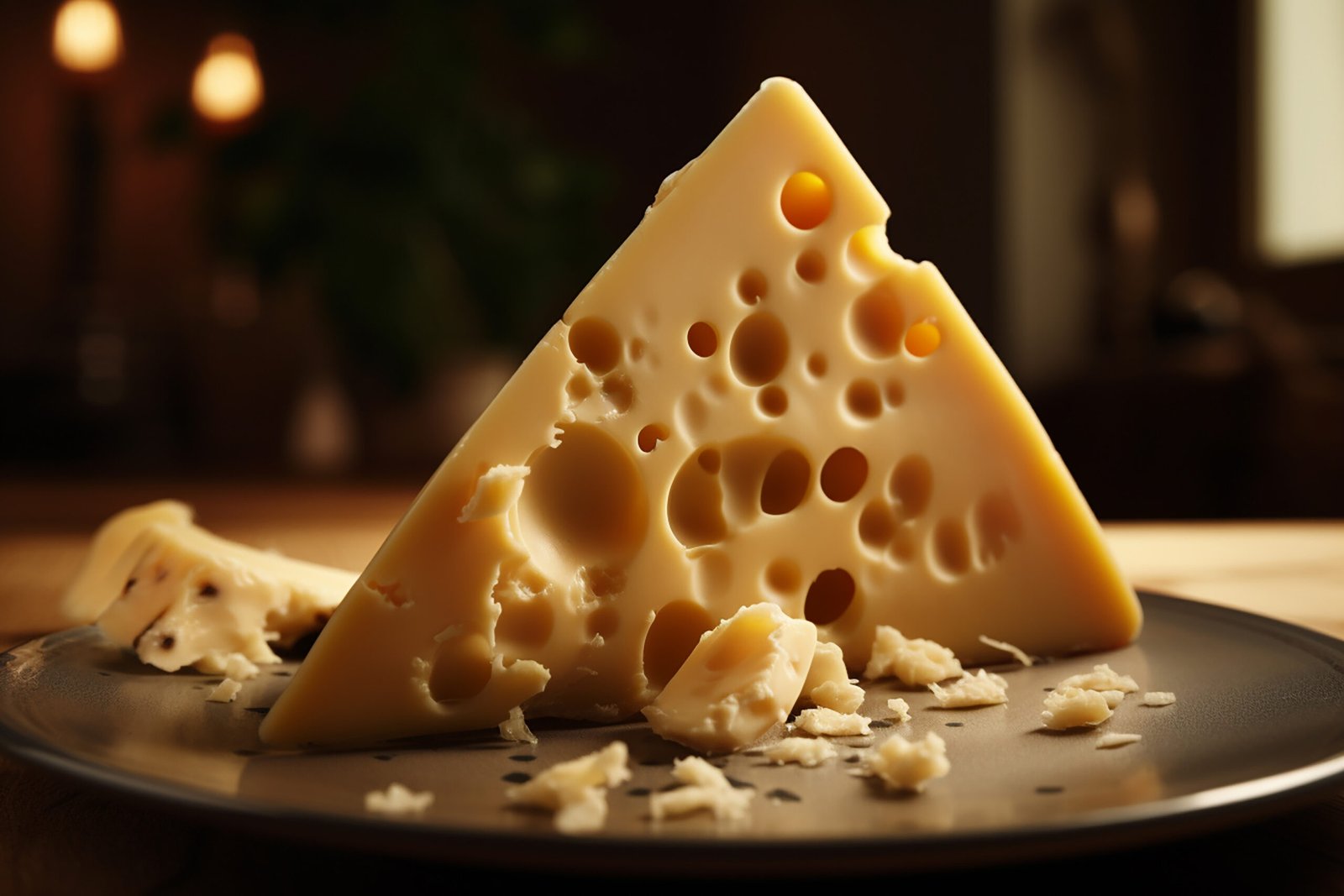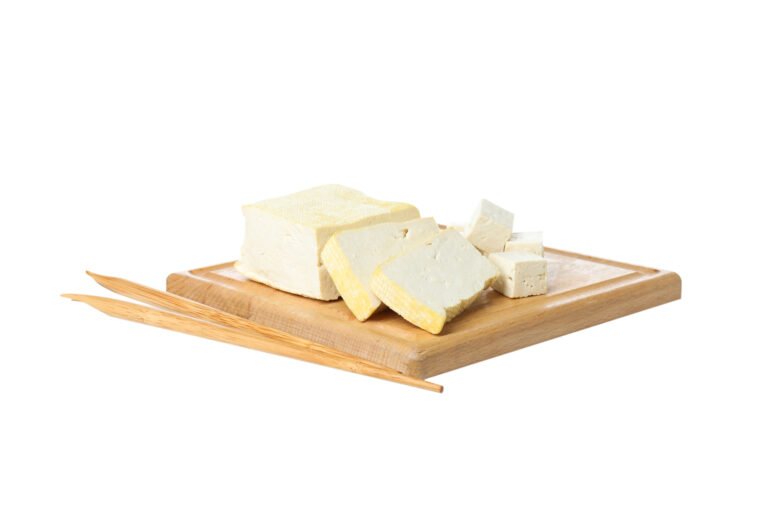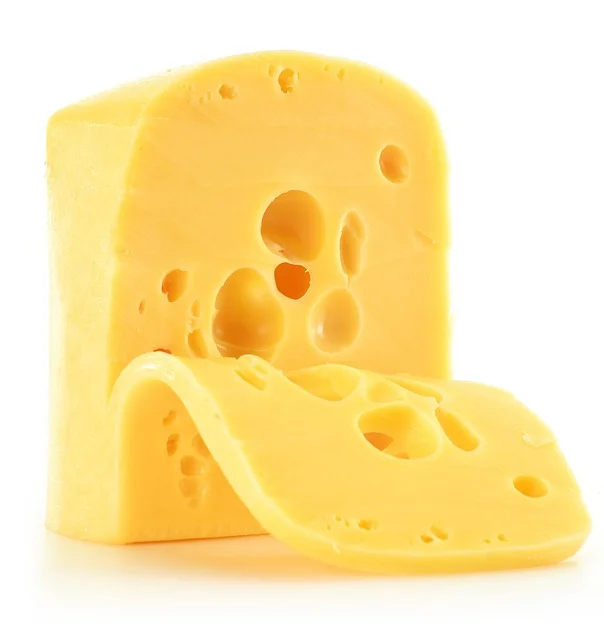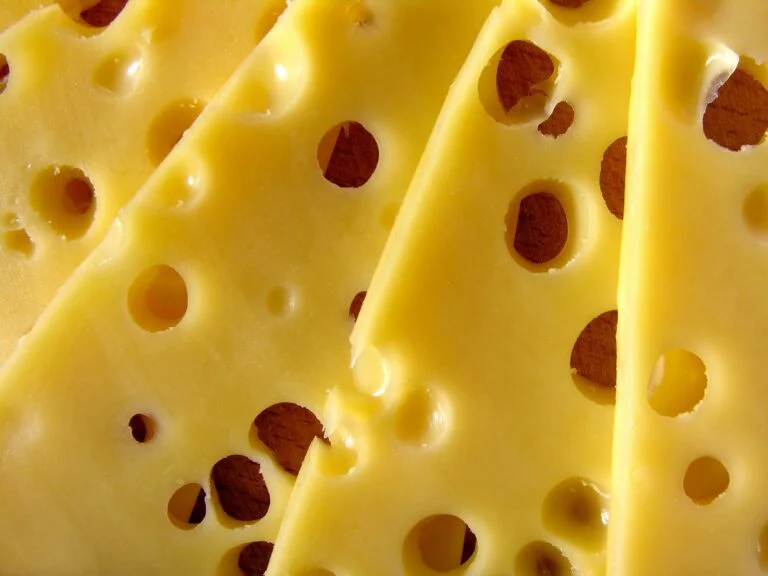Why does American cheese have white spots?
If there are small white spots on the American cheese, one may be confused whether it is bad or has developed mold. This is always a worry, but before you discard the cheese entirely, you should understand what those white spots are all about. These spots are completely innocuous and even signifies that the cheese is very old.
Here we’ve singled out the motives for these whitish areas, how to know whether your cheese is safe, and whether these areas are favorable for your cheese or not.
What Are the White Spots?
The white spots that are visible in the context of your American cheese are quite likely calcium lactate crystals. These crystals happen to develop when the cheese is being aged. The increase of the lactic acid resulted when the lactose in the cheese was broken down and released calcium which combined with the cheese. This over time forms small, non-harmful crystals Other facts about this condition include For this condition, Some of the facts about this condition include In fact, these spots are often observed from hard, mature cheeses such as Cheddar, Parmesan and Gouda cheeses.
You may be shocked to learn that rind successfully developed white spots, in the case of American cheese that is, generally, has a less duration of aging compared to a European cheese. However, these crystals can begin to form in ] that are not necessarily aged at some time in their ripening process. They can literally be as small as a pin-head – they are found on the outer layer of the cheese or in it.
Are the White Spots Dangerous?
No, there is no risk to their health or death associated with the white spot creation caused by calcium lactate crystals. This is because they are safe and a clear sign that the cheese has reached the proper amount of ripeness. As a matter of fact, a lot of cheese enthusiasts actively seek out cheeses that accumulate these crystals because they are known to significantly enhance the flavor and texture of the cheese.
When Should You Throw Away Cheese?
Although calcium lactate crystals are perfectly safe to consume, there are other Millennium Cheese that you need to look out for to know if your cheese is spoilt. These include:
Foul Smell:
If the cheese develops a sour or rancid odor, it’s a clear sign of spoilage.
Visible Mold:
Unlike calcium lactate crystals, mold on cheese is usually fuzzy, colored, and uneven. If mold appears on the cheese, it’s best to discard it.
Change in Texture:
Spoiled cheese may become slimy or overly dry, which is a sign that it is no longer good to eat.
If you notice any of these signs, it’s best to throw the cheese away to avoid the risk of foodborne illness.
Why Does It Happen to American Cheese?
While the original American cheese isn’t considered as aged cheese, it can still produce these crystals provided it retains lactose and enough moisture. Even in the situation where American cheese is not matured for as long as others of the classes, variables like temperature and storage affect the behavior of the cheese. By keeping the cheese in a warm, humid environment, you can expedite the process of the crystallization and the formation of these crystals.
In most cases, white spots on American cheese develop because of:
Moisture content:
Calcium lactate tends to be more crystalline the higher the level of moisture in the finished product.
Temperature:
Cheese that has been left at warmer temperature or failing to cool it promptly is likely to develop the crystals.
Preventing White Spots on American Cheese:
Although the crystals are not toxic, you may not want grains of calcium lactate in your American cheese. Here are some tips for preventing these white spots from forming:
Proper Storage:
Storing American cheese in the right temperature environment is very important: the ideal temperature should be below 40 °F (4 °C). Basically, it is stated that the higher the temperature of the cheese the more potential for the formation of crystals.
Avoid Excess Moisture:
Make sure you properly cover the cheese and store it in an airtight container to maintain cheese humidity.
Consume Fresh Cheese:
American cheese doesn’t mature in the same way that other cheese products do, it is advised that you should take the product within the recommended shelf-life with the view to actually avoiding the formation of calcium lactate crystals.
Conclusion:
White spots on American cheese are actually calcium lactate crystals, which are perfectly healthy and entirely natural. This is not an uncommon occurrence. These crystals are characteristic of aged cheeses, but if American cheese has been stored properly, they can also be present in it. We know that fungus and calcium lactate have some similarities, therefore don’t throw away good cheese. You shouldn’t be surprised the next time you see those white dots, for this reason. It turns out that you may probably continue to consume your American cheese without risk; in fact, it might even taste better!






